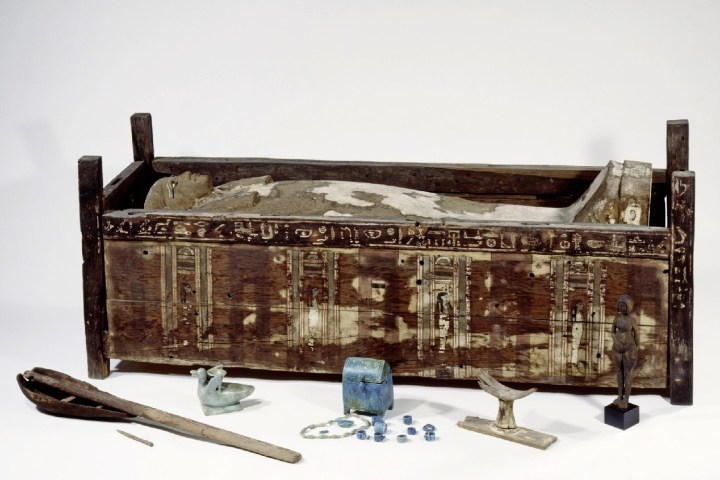
“Our proof of principle study shows that it is possible to retrieve reliable genetic information from Egyptian mummies via refined methodologies, a task that was not possible previously despite many attempts,” Dr. Wolfgang Haak, group leader at the Max Planck Institute, told Digital Trends. “This is exciting because it opens the door for future studies that can look at the complex history of Egypt from a genetic perspective, and see how the genetic makeup has changed through time. From our limited sampling we can already see that ancient Egyptians from 2,000-3,000 years ago looked different genetically than modern day Egyptians, and resembled ancient Near Easteners from the Levant.”
Previous projects with similar goals have struggled due to the effects such as the high humidity levels of many tombs, along with the chemicals used in mummification, contributing to DNA degradation. However, the researchers in this latest study were able to use cutting-edge techniques to successfully gather sufficient DNA from extracted bone and teeth samples. As a result, they were able to analyze genetic material from 151 mummies, dating between 1388 B.C. and 426 A.D.
It’s a fascinating new way of doing history, and will no doubt throw up plenty more interesting discoveries for historians to discuss at length.
“Future studies will be able to assess how the Egyptian genetic makeup was formed throughout the millennia of complex history at the crossroads of continents, and as a strong player in eastern Mediterranean and North African affairs,” Haak continued. “It will be important to contrast these insights with historical accounts.”
There is no mention yet of using the DNA samples to bring the mummies back to life, nor of using them to populate a theme park that spares no expense. We can only guess those plans are still in development.


